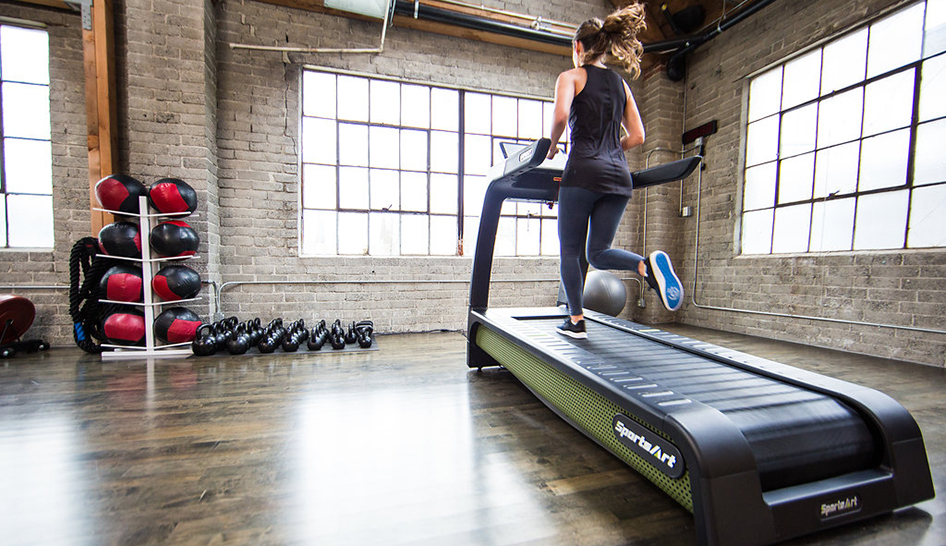Do you know how your members feel about your health club? Are they “meh” about your brand, or are they raving fans? After all of your investment in marketing, social media outreach, advertising, onboarding, and engagement incentives, you need to know if your efforts are paying off.
One way businesses measure member satisfaction is through the Net Promoter Score (NPS), a well-known management tool used to gauge customer loyalty. It’s become a valuable data point for health clubs as well.
“The Net Promoter Score provides a very powerful view of how members truly feel about their health club,” says Jay Ablondi, IHRSA’s executive vice president of global products. “Using the NPS, club operators can learn not only how loyal their members are but why they feel the way they do.”
In June, IHRSA announced the results of a survey that found that the NPS for the North American health club industry is 39 out of 100. That means for every 100 members, 39 more are likely to recommend their club to a friend or colleague as opposed to those who would discourage others from joining.
Surveys that calculate your NPS can tell you a lot about what your members think about your club. But in recent years, a disruptive influence has began affecting NPS and other customer satisfaction surveys: consumer activism.
